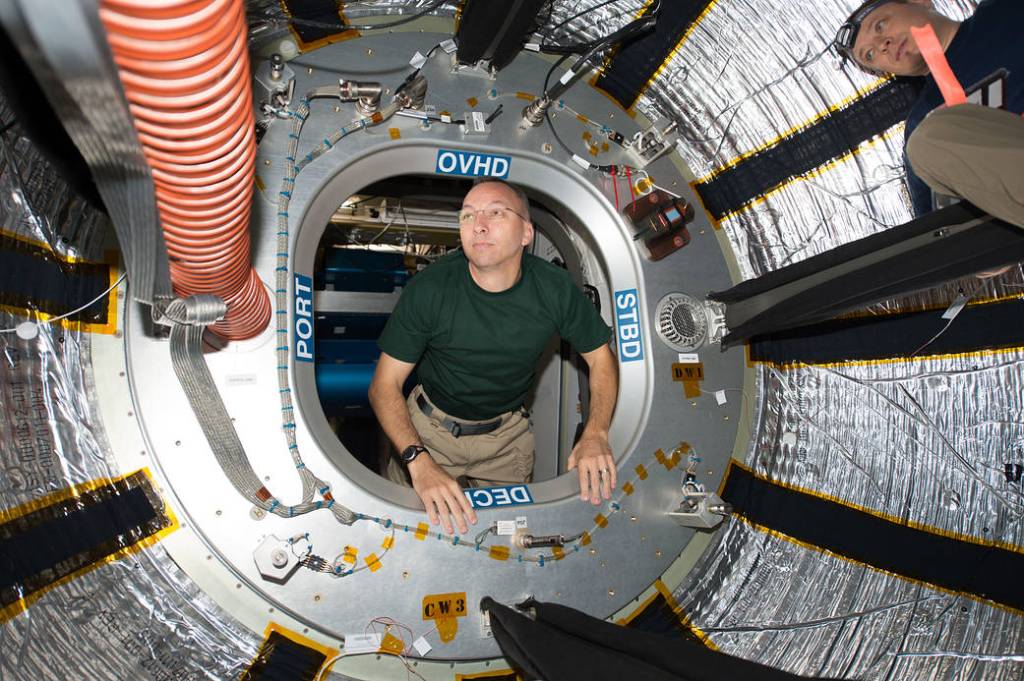
An earlier post noted the anniversary of NASA’s Mariner 9 spacecraft to Mars, launched on May 30, 1971, but what about Mariner 8? What happened to that Mars bound spacecraft?
Both Mariner 8 and 9 we developed together so one could replace the other if needed, which was pretty smart. The Russians did the same thing with their first trip to Mars in 1971, successfully sending Mars 2 (launched May 19) and Mars 3 (launched May 28).
Mariner 8 was supposed to be the first U.S. spacecraft to orbit Mars. It was launched on May 8, 1971 but never achieved Earth orbit due to a launch vehicle failure. Instead, it fell into the Atlantic Ocean.
Of the 10 Mariner missions, 7 were successfully took space craft to Mars, Venus, and Mercury. Unfortunately, like Mariner 8, Mariner 1 failed after launch. Fortunately, like Mariner 9, Mariner 2 was a back up spacecraft that ensure mission success. Mariner 3 failed after launch because of a battery issue, but its double Mariner 4 was successful. Here are the 10 missions (you can find more about them here):
- Mariner 1: Venus mission launched on July 22, 1962. — Failed
- Mariner 2: Venus mission launched on August 27, 1962. — Success
- Mariner 3: Mars mission launched on November 5, 1964. — Failed
- Mariner 4: Mars mission launched on November 28, 1964. — Success
- Mariner 5: Venus mission launched on June 14, 1967. — Success
- Mariner 6: Mars mission launched on February 25, 1969. — Success
- Mariner 7: Mars mission launched on February 25, 1969. — Success
- Mariner 8: Mars mission launched on May 8, 1971. — Failed
- Mariner 9: Mars mission launched on May 30, 1971. — Success
- Mariner 10: Mercury and Venue mission launched on November 3, 1973. — Success
While three spacecraft failed, all of the missions were successful because of the redundancy built into the system. We do not seem to have such luxuries anymore, though NASA’s Mars Exploration Rover (MER) mission had two Mars rovers, Spirit and Opportunity, to increase the chances of success.





